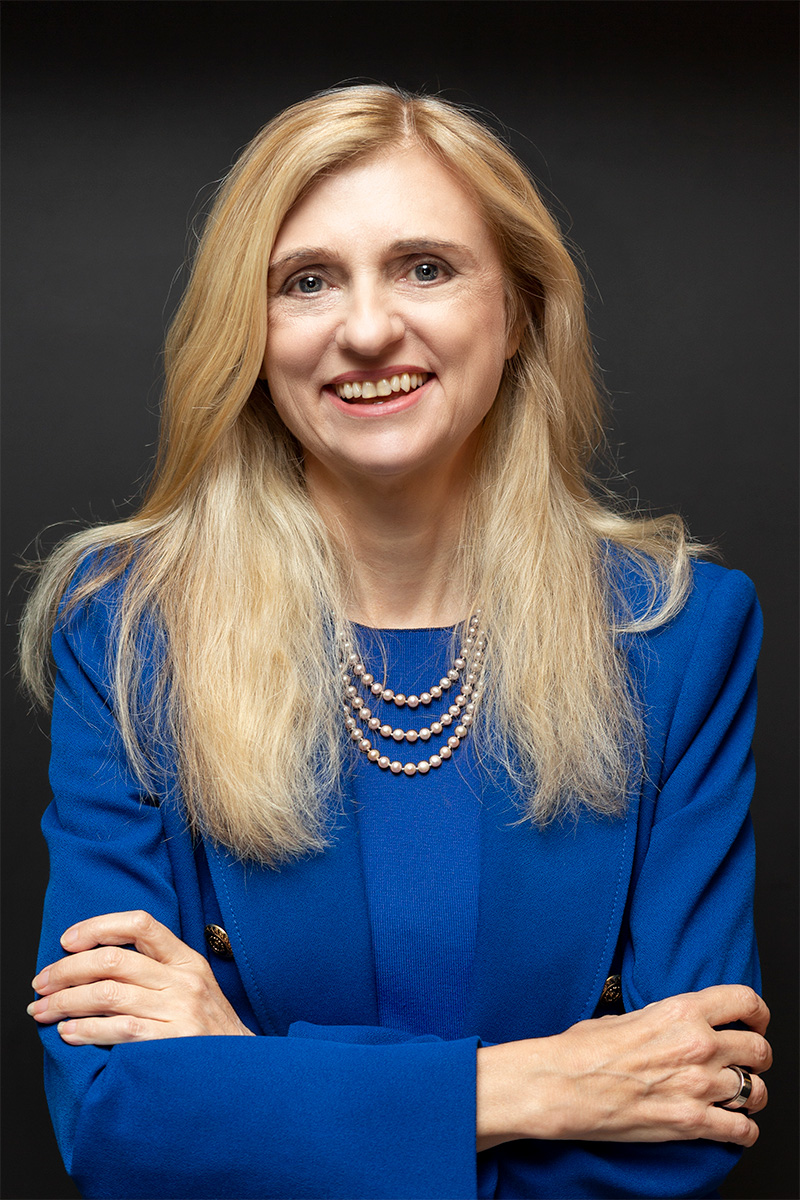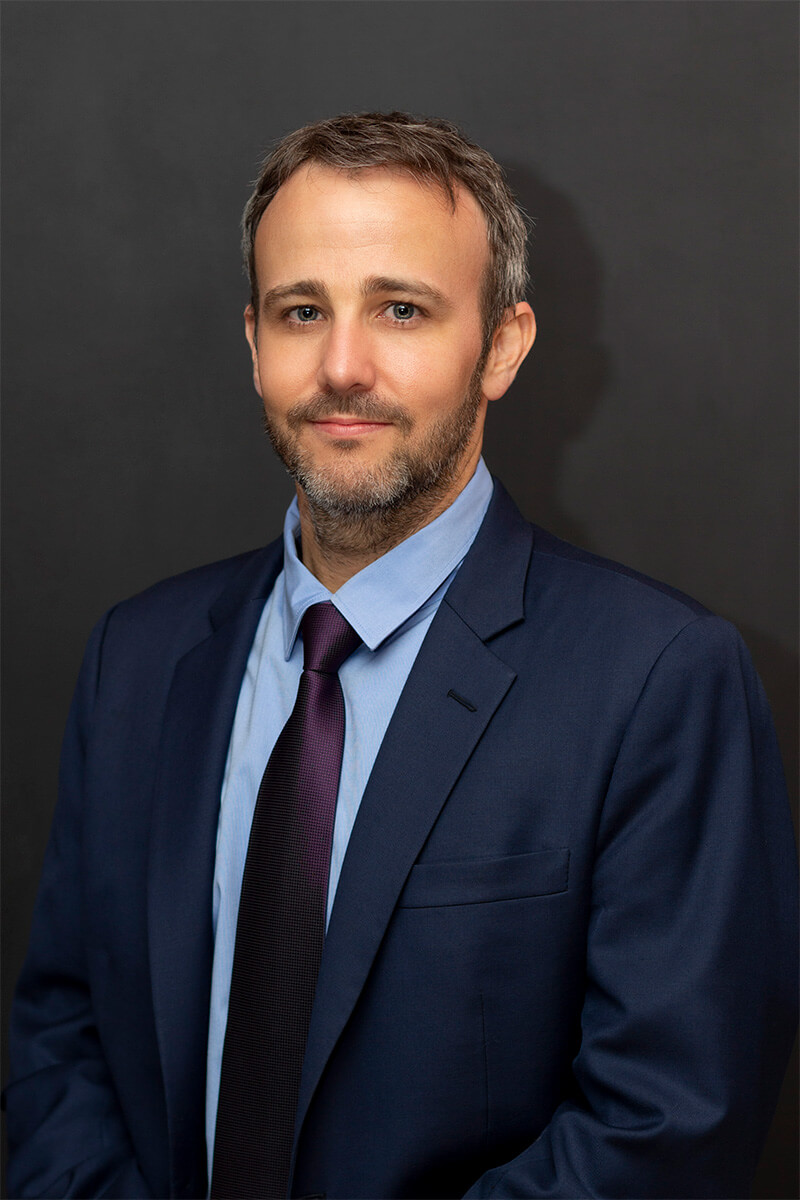IPOs
The Hong Kong Stock Exchange (“HKEx”) has circulated a research paper on Overseas Experience of Growth Company Markets which it published in October 2005. The full text of the paper can be viewed in the “Research Centre” section of HKEx’s website at www.hkex.com.hk. The following is intended as a summary only of the contents of the paper.
The paper attempts to draw comparisons between several of the world’s larger markets, such as London’s AIM, Germany’s Neuer Markt and Canada’s TSX-V, while maintaining that each market has an individual nature due to differences in culture and legal structure. However, even though the pattern of development of different markets may vary, some of the reasons contributing to a market’s experience may be similar, and there is much to be gained from the evaluation of a market’s growth and/or decline.
The Concept of the Growth Company Market
Before a company can be listed, certain standards that are set by the stock exchanges have to be met. Companies generally need to have a certain size and substance – for example the HKEx’s Main Board requires companies to meet one of three financial tests. Even where the requirements for listing are relatively low, the costs of preparing the issuer for public listing are high. Generally, therefore, companies have to have reached an early mature stage before they can be listed. This makes it difficult for small emerging companies to gain a foothold, thus several exchanges have created second markets to aid small companies in their early expansion. Hong Kong’s GEM is one of many secondary markets created with the primary aim of bridging the funding gap, but in order to protect the investors, new disclosure requirements and additional restrictions have been imposed.
Global Overview
- The world’s largest growth market is AIM with a market capitalisation of US$71 billion at the end of August 2005.
- TSX-V has the largest number of listed companies at 1,900 at the end of August 2005.
- AIM has the highest number of new listings.
- AIM is the current leader in terms of capital raised on new listings.
- Korea’s Kosdaq had the highest turnover ratio in the first half of 2005.
- The equity turnover ratios of the leading Asian growth boards are much higher than those of their main boards.
Market Models
| AIM | AIM only came to be regarded as successful in 2000, five years after its launch, when technology was flourishing. When the boom subsided, AIM’s market capitalisation continued to rise, as its companies covered a wide range of industries besides technology. Unlike other markets, AIM puts regulatory emphasis on the nominated advisor (‘nomad’), rather than on the issuer. Issuers must retain a nomad as long as they are listed on AIM. This allows AIM to be operated with a light regulatory touch. Aspiring nomads must provide evidence of experience in the field and successful applicants are monitored closely by the LSE. |
| TSX-V | Junior to the Toronto Stock Exchange, TSX-V allows companies great flexibility in raising capital. Companies are permitted to raise a small amount of capital when initially listing, and then more as they establish themselves, hence many companies are very small. Canada’s exchange operates like a league table. TSX-V is divided into two tiers, the first for more mature companies, and the second for less developed companies. Companies are then categorised into industry groups within each tier and another section, NEX, deals solely with reverse takeovers of TSX-V companies that have no substantial business. Companies move up and down according to their performance. Corporate finance executives advise issuers before listing and mentoring services are provided after listing. |
| NEUER MARKET | The Neuer Market reached its height in 2000, with 345 listed companies and a market capitalisation of around US$200 billion. However, by June 2003 it closed, retaining only approximately 4% of its value. The failure of the Neuer Market was attributable partly to the weakness of Germany’s securities laws. Although the Neuer Market adopted higher standards of transparency than the DB main market and the rules were stringently enforced, there were also a number of corporate scandals. The research paper opines that the Neuer Markt experience highlights the dangers of bringing together retail investors and venture companies: German retail investors were relatively inexperienced at the time. |
These case studies provide valuable insights into the successes and failures of different growth markets. The challenge for HKEx in its review of GEM is to find the right positioning for the market in the future. Given Hong Kong’s particular characteristics, including its dynamic retail investor base, broad sponsor sector, its mainly non-statutory regulatory framework and the large number of listings of overseas companies (particularly PRC companies), it will not be possible to copy any overseas model in its entirety. Nevertheless, the experience of overseas growth markets provides a useful reference point for developing a solution for Hong Kong’s GEM.
The above constitutes a summary only of the contents of HKEx’s paper “Overseas Experience of Growth Company Markets”, the full text of which can be viewed in the “Research Centre” section of HKEx’s website at www.hkex.com.hk.
August 2006
This note is provided for information purposes only and does not constitute legal advice. Specific advice should be sought in relation to any particular situation. This note has been prepared based on the laws and regulations in force at the date of this note which may be subsequently amended,modified, re-enacted, restated or replaced.





